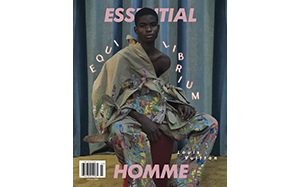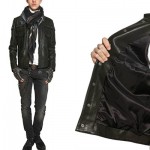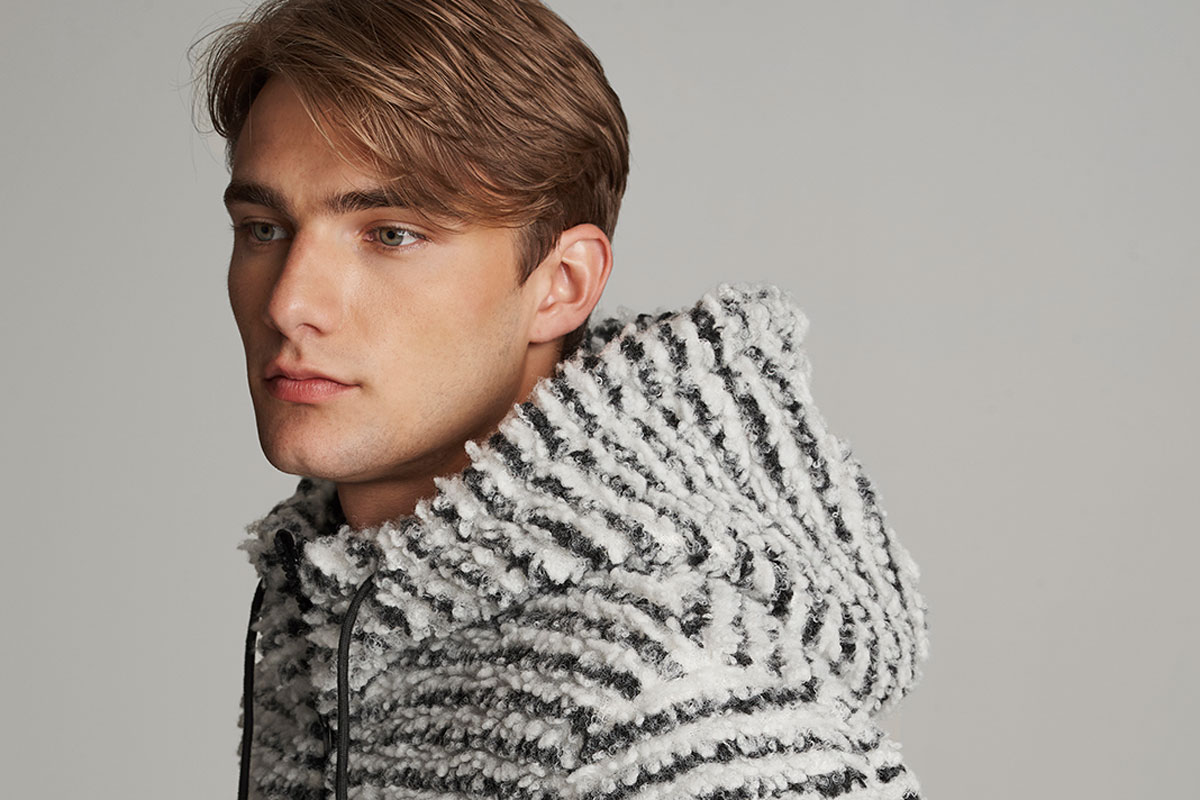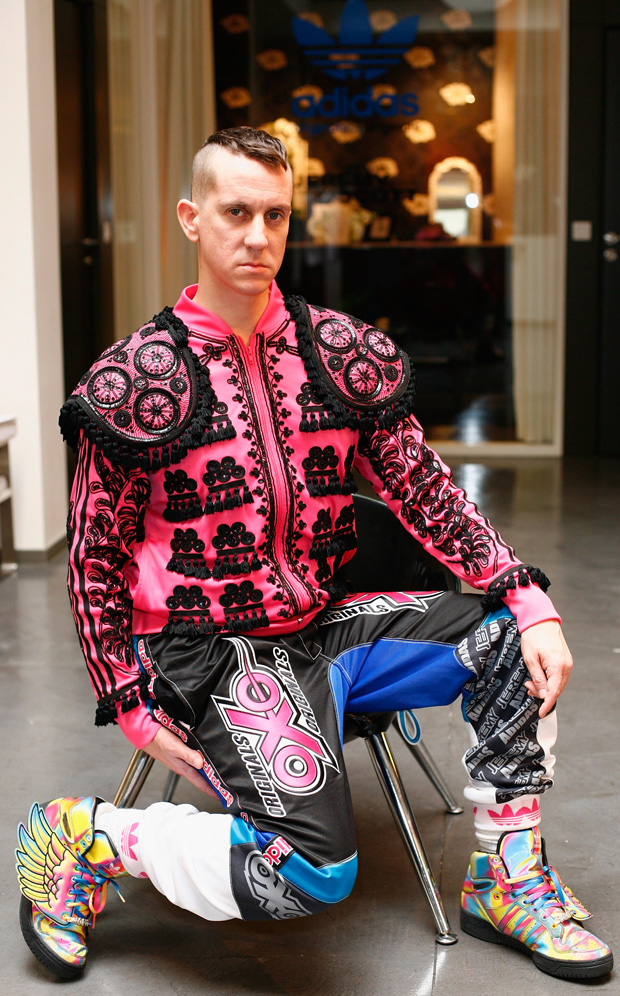
Reflecting on Jeremy Scott at Moschino
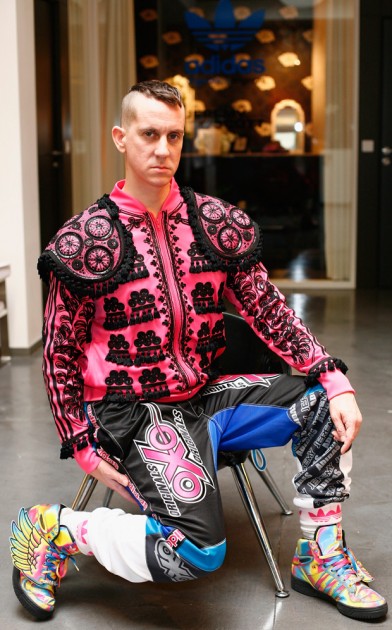 For the last few weeks, the fashion world has been so besot in speculating Marc Jacobs replacement at Louis Vuitton, that the appointment of streetwear designer and Adidas champion Jeremy Scott to Creative Director of Moschino was greeted yesterday first with excitement and then, after a pause to digest, sincere surprise. For the outside world, no one had even realized Rossella Jardini, who has led the Italian fashion house since Franco Moschino’s passing in 1994, was looking to retire from her post. Likewise, Scott, who has turned down countless fashion house acquisition after acquisition—Pucci, Versace, Paco Rabanne, Chloé—has spent the majority of his design career in his own eponymously veiled world—Jeremy Scott, Jeremy Scott x Adidas, Jeremy Scott x Longchamp, Jeremy Scott x Smart Car, Jeremy Scott x CYBEX—a sort of always-the-bridesmaid-never-the-bride type strategy. So why now, and, more importantly, why Moschino?
For the last few weeks, the fashion world has been so besot in speculating Marc Jacobs replacement at Louis Vuitton, that the appointment of streetwear designer and Adidas champion Jeremy Scott to Creative Director of Moschino was greeted yesterday first with excitement and then, after a pause to digest, sincere surprise. For the outside world, no one had even realized Rossella Jardini, who has led the Italian fashion house since Franco Moschino’s passing in 1994, was looking to retire from her post. Likewise, Scott, who has turned down countless fashion house acquisition after acquisition—Pucci, Versace, Paco Rabanne, Chloé—has spent the majority of his design career in his own eponymously veiled world—Jeremy Scott, Jeremy Scott x Adidas, Jeremy Scott x Longchamp, Jeremy Scott x Smart Car, Jeremy Scott x CYBEX—a sort of always-the-bridesmaid-never-the-bride type strategy. So why now, and, more importantly, why Moschino?
Like many things, it seems it came down to timing. Scott needed to wait until the moment he was most happy with his individual merit before he could move into a larger pond. In an interview with Style.com, the designer said, “At the beginning of my career, I felt it was really important to establish my own name. [Now], I feel I’ve built a global fan base. I don’t have that fear I used to have of the possibility of me getting lost in someone else’s house.”
Branding-wise it makes sense, and yet, it also seems a bit ridiculous to imagine Scott, the man that regularly sends gowns like this down the runway, being overlooked in any situation.
In many ways, the Missouri-raised designer works with a point of view that is much larger than himself. In theory and in form, there is an exaggeration of life; an ironic re-appropriation of cultural notes—be they dismembered zombie limbs plastered on sweatshirts that scream Santa Cruz 1981, or a subvertedly-Evangelical take on the Coca Cola logo over a chain metal jersey—that seems bigger than Los Angeles, the designer’s homebase—larger than American fashion even. Though he works with very American devices—and after his Stars and Stripes collection for Adidas, no one could deny that—each piece is finished within an angle of social critique that seems appropriately European.
Perhaps this is one of the reasons for Karl Lagerfeld’s famous quote to Le Monde, saying Scott was “the only designer who could follow him at Chanel.” But Chanel, even with its larger-than-life art gallery themed runway this past fall, would be a mismatch for the “Adults suck and then you are one” designer who takes fashion as about as serious as one might take a public pools’ rules much after the lifeguard has left his chair. Moschino, a younger, lighter house that manages to still have a bit of fun on the runway today, makes a lot of sense.
The iconic brand shares with Scott—what the designer pointedly describes as—an “obsession with poking fun at fashion.” A quality in which they can live in the high-end elite, while lampooning it at the same time; an almost Gossip Girl caricature of the fashion world, if you will. Enjoying the spoils of the industry while secretly laughing their way to the top. With this already a part of each’s aesthetic, I am hopeful that Scott will continue to play off this whimsical one-offing; keeping his sportswear roots, but supplementing his avant-garde notions with an element of glamor. Moschino provides the opportunity for Scott to have larger tools and a bigger audience, which no doubt he will impress, and then, of course, unabashedly parody.
Image courtesy of Hype Beast.





